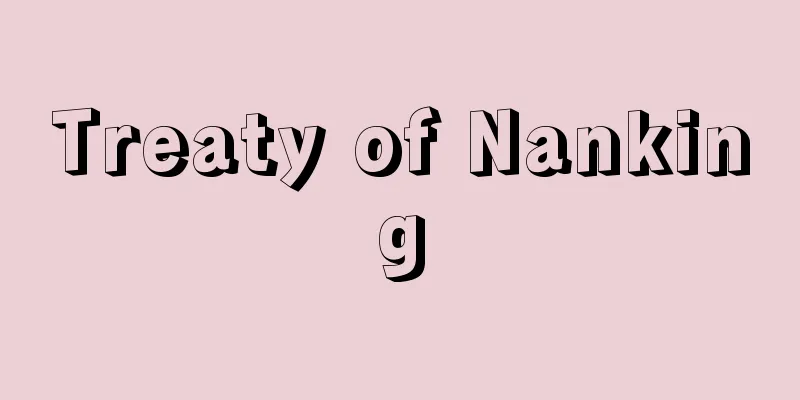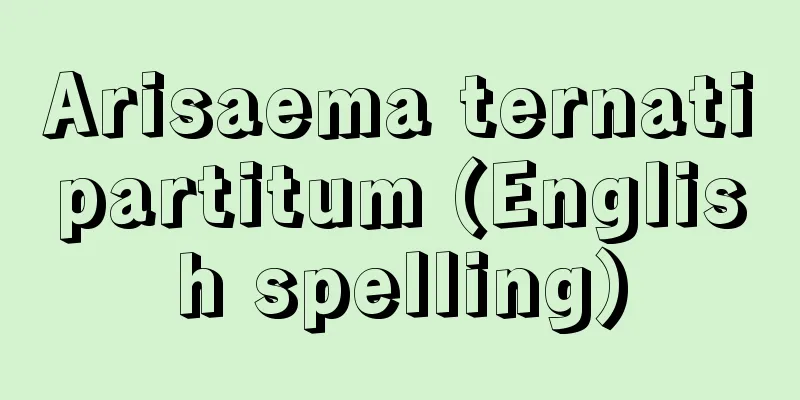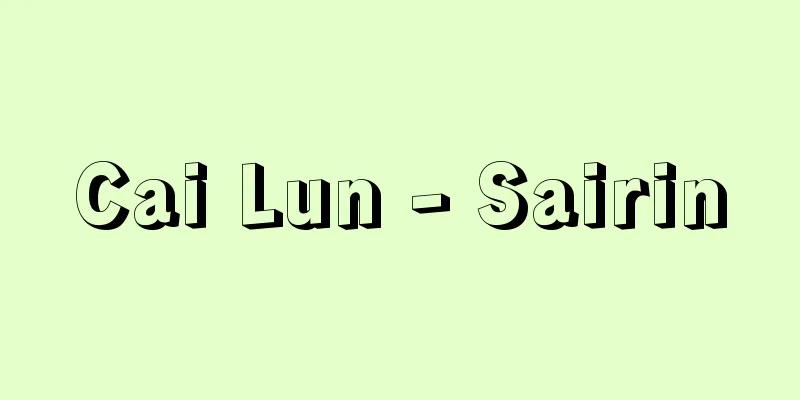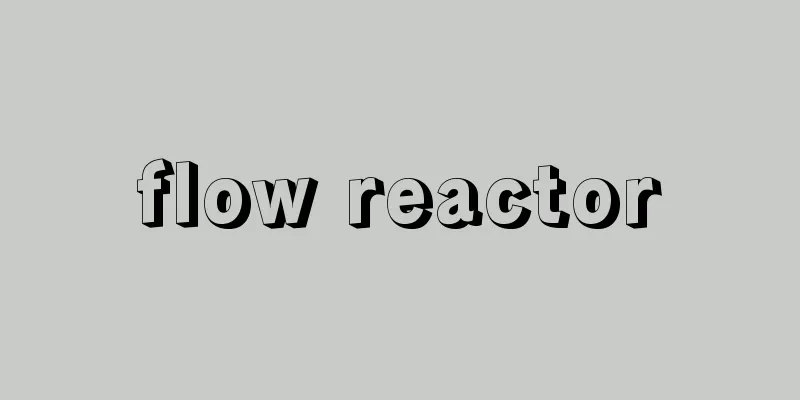Indifference curve

|
An analytical tool that is the basis of consumer choice theory in microeconomics. Consumer choice theory rationally explains how a consumer (household) with a certain income and facing given prices chooses the combination of goods that maximizes utility. Consumers purchase various goods because they obtain utility (satisfaction) through consumption. A consumer's utility increases as the amount of each good consumed increases. In other words, utility is an increasing function of the amount of each good consumed. An indifference curve is a graph that shows all combinations of goods that bring about the same utility (are indiscriminate), and has the following important properties: [1] Indifference curves slope downward to the right. [2] Indifference curves never intersect with each other. [3] The farther an indifference curve is from the origin, the higher the utility. [4] Indifference curves are strongly convex to the origin. Let us consider an indifference curve with this property, taking meat and fruit as an example. Any combination of fruit and meat on indifference curve I brings about the same utility. The absolute value of the slope of the indifference curve indicates the marginal rate of substitution in consumption. To maintain the same utility, if a household increases the amount of fruit by one more unit, it must reduce its meat consumption. The marginal rate of substitution indicates the amount of meat consumed by this unit. The property of indifference curves [4] shows that the marginal rate of substitution in consumption is diminishing. This describes the psychology of consumers, who, for example, feel that the less meat there is compared to fruit, the more valuable this scarce meat becomes, and the less meat they must give up in order to add one unit of fruit. If a consumer's available income is constant, the combination of two goods that he or she can purchase is limited. If he or she spends all of his or her income on meat (fruit) and does not purchase any fruit (meat), the amount of meat (fruit) that can be purchased is his or her income divided by the price of meat (price of fruit). This value forms a line segment called the budget. The absolute value of the slope is equal to the price ratio of fruit to meat. The combination of fruit and meat that the consumer can purchase and that provides the greatest utility is shown at point E. At point E, indifference curve I and the budget line are tangent, and the marginal rate of substitution in consumption is equal to the price ratio of fruit to meat. [Toshiyuki Uchijima] "Value and Capital, by J.R. Hicks, translated by Takuma Yasui and Hisao Kumagai, 2 volumes (1951, Iwanami Shoten) " ▽ "Modern Economics, by J.M. Henderson and R.E. Quant, translated by Ryutaro Komiya and Hideo Kanemitsu (1973, Sobunsha)" ▽ "Introduction to Microeconomics, by Kazuo Nishimura (1986, Iwanami Shoten)" [Reference] | |©Shogakukan "> Indifference curves (example of meat and fruit) Source: Shogakukan Encyclopedia Nipponica About Encyclopedia Nipponica Information | Legend |
|
ミクロ経済学における消費者選択理論の基礎となる分析道具。消費者選択理論は、一定の所得をもち、所与の価格に直面している消費者(家計)が、効用を最大にする財の組合せをどのように選択するかを合理的に説明する。消費者がいろいろな財を購入するのは、消費することにより効用(満足感)が得られるからである。消費者の効用は、各財の消費量が増えると高まる。つまり、効用は各財の消費量の増加関数である。無差別曲線とは、同一の効用をもたらす(無差別である)各財の組合せをすべて選び出して図示したものであり、次の重要な性質をもつ。〔1〕無差別曲線は右下がりである。〔2〕無差別曲線は互いに交わることはない。〔3〕原点より遠い位置にある無差別曲線ほど効用は高い。〔4〕無差別曲線は原点に対して強く凸である。 このような性質をもつ無差別曲線を、肉と果物の二財を例にとって考えてみよう。無差別曲線I上のいかなる果物と肉の組合せも、同一の効用をもたらす。無差別曲線の傾きの絶対値は、消費の限界代替率を示す。同じ効用を保つには、果物をさらに一単位だけ増やすと、家計は肉の消費量を減らさなければならない。この肉の減少分を示すのが限界代替率である。無差別曲線の性質〔4〕は、この消費の限界代替率が逓減(ていげん)することを示す。これは、たとえば肉が果物に比べて少なければ少ないほど、この少ない肉を貴重に感じ、果物を一単位追加する際にあきらめなければならない肉の量は少なくてすむという消費者の心理を述べるものである。 消費者の支出可能な所得が一定であれば、購入可能である二財の組合せも限定される。果物(肉)をまったく購入しないで所得のすべてを肉(果物)に支出すると、購入可能な肉(果物)の量は、所得を肉の価格(果物の価格)で割った値となる。この値は線分をなし、予算という。その傾きの絶対値は果物と肉の価格比に等しい。消費者が購入可能であり、さらに最大の効用をもたらす果物と肉の組合せは点Eで示される。点Eでは無差別曲線Iと予算線は接しており、消費の限界代替率は果物と肉の価格比に等しい。 [内島敏之] 『J・R・ヒックス著、安井琢磨・熊谷尚夫訳『価値と資本』全二巻(1951・岩波書店)』▽『J・M・ヘンダーソン、R・E・クォント著、小宮隆太郎・兼光秀郎訳『現代経済学』(1973・創文社)』▽『西村和雄著『ミクロ経済学入門』(1986・岩波書店)』 [参照項目] | |©Shogakukan"> 無差別曲線(肉と果物の2財の例) 出典 小学館 日本大百科全書(ニッポニカ)日本大百科全書(ニッポニカ)について 情報 | 凡例 |
>>: Muẓaffarids; Āl-i Muẓaffar
Recommend
Pelican - Pelican (English spelling)
A general term for waterfowl belonging to the ord...
alpinism
It is a modern form of sport mountaineering. It ca...
Wang Tong
A Chinese thinker from the Sui dynasty. His pen n...
Fibroin - Fibroin (English spelling)
The main fiber protein that makes up silk thread....
Floodplain - Floodplain
A plain that is flooded when river water overflow...
Tajik - Tajikgo (English spelling)
Along with Persian, it is one of the western diale...
Food bleach - food bleach
A chemical used to whiten food. Food ingredients i...
Takemoto Yamatojo
Year of death: 8th November 1766 (9th December 176...
September Party
...The bourgeoisie, who had lost the Brazilian co...
Office machines - Jimukikai
Generally speaking, this refers to equipment used ...
Degree hours
…For a more precise estimate, use hourly values. ...
Ogyu Norikae - Ogyu Norikae
...It is known as a famous cherry blossom spot. I...
Kakuri Pillow - Kakuri Pillow
〘 noun 〙 A pillow made by putting buckwheat husks ...
Acid amide - san amide (English spelling)
A general term for compounds produced by the conde...
Mistake - mistake
Chinese politician of the Western Han dynasty. Al...









